Young professionals always have a lot to learn in the business world, no matter how much they prepare in advance. Flexibility and adaptation to current trends are needed if you want to survive. However, that doesn’t mean that they should strictly follow the saying, “Out with the old, in with the new.” There are many tools and techniques that continue to withstand the test of time. One of these is the use of a business card template.
What is a business card?
A business card, simply put, serves as your self-introduction in physical form. After meeting with clients, giving them your card helps you become more memorable to them. While the standard business card comes in small rectangular card stock, many professionals have started to add their unique twist to their business cards.
There’s more to a business card’s content than just a name and your contact details. If you want to utilize this advertising device better, you should know the vital elements it should always contain.
What goes into one?
First are the essentials: your name, contact info, and profession. If you have a portfolio of your work, feel free to share the website where it’s all uploaded.
You’ll also want to add a few more pertinent elements regarding your line of work. A graphic or image is best suited for a bit of creative flair while also showcasing your profession. A location map indicating your address will also be an excellent addition to consider.
Traditional business people and entrepreneurs alike recognize the usefulness of a business card. However, young professionals might ask the question– do I still need a business card for my career? That’s an understandable concern, given that most well-designed cards cost a lot to be made. In this digital age, you may say, we don’t even need physical cards anymore.

Despite what you may think, business cards remain an essential part of any industry. It continues to serve as an effective form of marketing, both direct and indirect. You can hand them out in an instant, which is essential for sudden business opportunities.
A company with a unique and exciting card is more likely to be approached by potential clients. In some cultures, business cards are mandatory for professional meetings. Otherwise, you can end up losing a potential big client.
There’s no doubt that business cards remain an essential part of the business world. Now that you’ve decided to create your card, another concern arises– determining the professional business card design for you and your occupation.
Related: 10 Things Your Business Card Needs
Where to get business cards
If you have no experience with creative design, it’s highly unlikely that you’ll be able to bring your ideas to life by yourself. In that case, you’re better off getting outside help for your business card layout.
You have two options to consider regarding custom-made professional business card designs: graphic designers and business card templates. Hiring a graphic designer is perfect for high-quality, bespoke commissions– for a price.
If you’re a professional that’s just starting in the business, you might not have the resources to invest in graphic designers. Purchasing the best business card templates for professionals is the better option for you to consider if that’s the case.
Some may think that the usage of templates makes your brand look generic, but that’s not always the case. A few websites offer business card templates with many customization options, making it easy for you to personalize your template to your liking. However, that can only happen if you select the right template website, like TemplateMonkey – home to thousands of well-designed templates for professionals.
Once you know where the best business card templates are, you’ll need to start learning more about business card design. Getting a better idea of the typical business card layouts can help you decide which one will best fit your profession.
How do I know which template suits me?
If you’re a novice at design, then you might not know about the various concepts a business card may have. Generally speaking, there are three kinds: Minimalist, Photographic, and Artistic. We’ll go over each type briefly as you read on.
Minimalist
Professionals who prefer clean layouts might like this business card style. Minimalism is all about primarily using white space and little design elements. This design is perfect for emphasizing your business card’s contents, making it easy for viewers to take in critical information. If you work in a technical or service industry, you might want to consider using this layout.
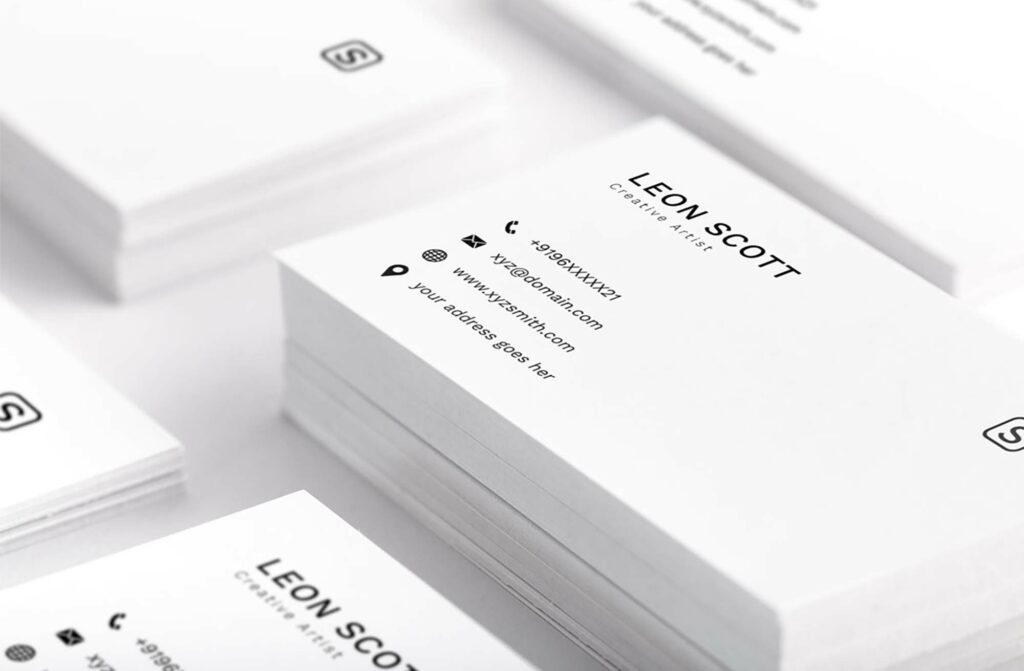
If done right, you won’t need to worry about clients perceiving your card as plain or boring. Minimalism is where typography will shine the best, so that’s the element that you should focus on for this layout. With minimalism, your card will still call attention differently from how vivid colors usually draw the eye.
Photographic
As implied from the name, photographic business cards use a high-quality picture as its focal point. This layout is perfect for professions that offer products. With the right photo, your card can showcase what you have to provide strikingly.
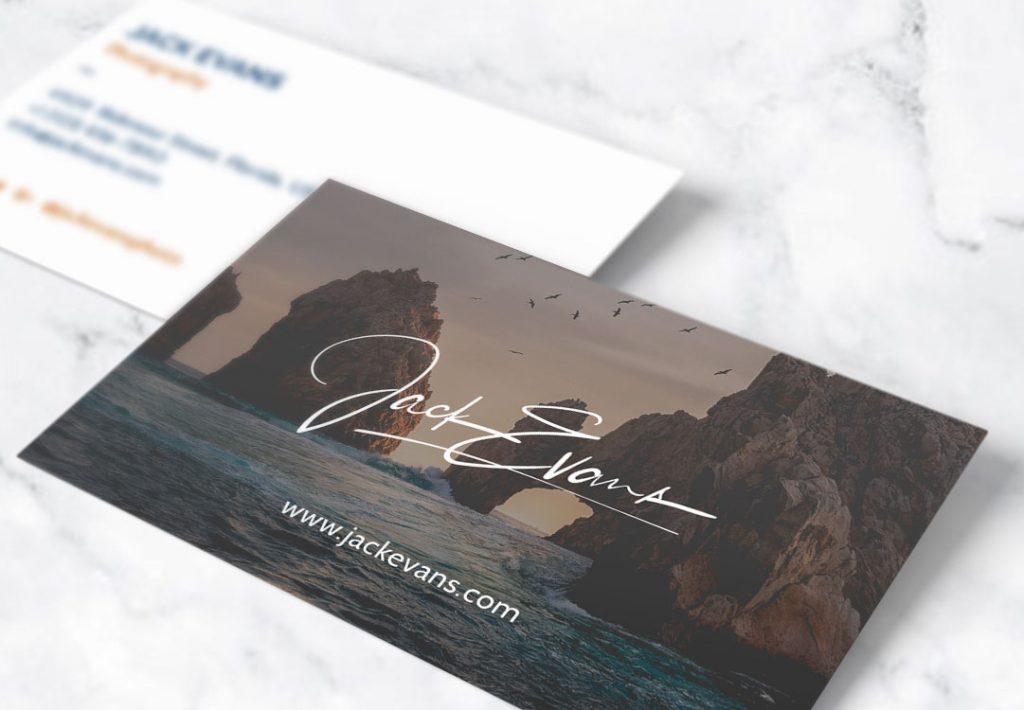
One drawback of photographic designs is that details might be hard to balance with the photo, especially if you have a lot of information to put in. The right font and positioning, however, will easily overcome that issue.
Artistic
Artistic business cards are similar to photographic ones in their use of images, but instead, the former primarily uses graphics and illustrations. If your profession is heavily involved in the arts, then you can use this as a chance to give clients a quick preview of your work.
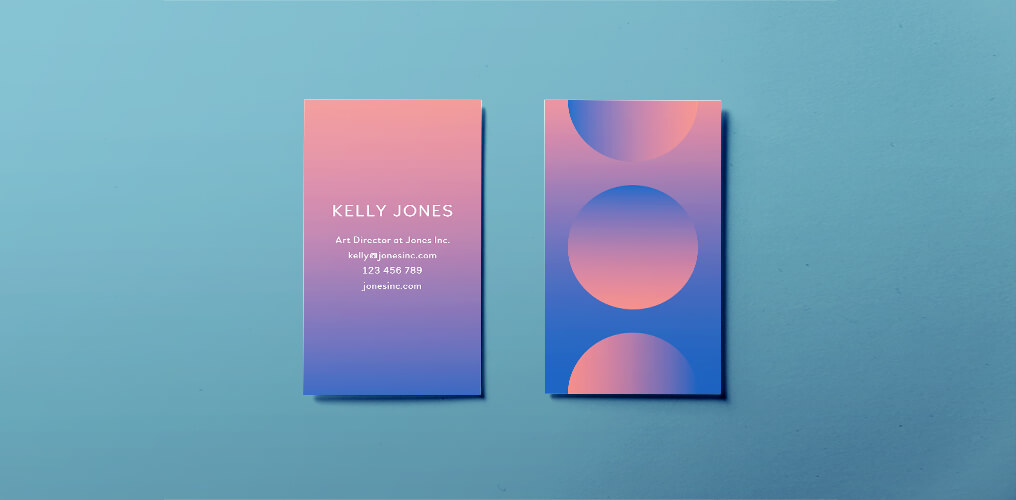
This kind of layout has more freedom when it comes to positioning since you’ll be able to modify the graphic to accommodate the information. Just make sure to avoid becoming too overzealous with your design and drawing attention away from your card details.
Natural
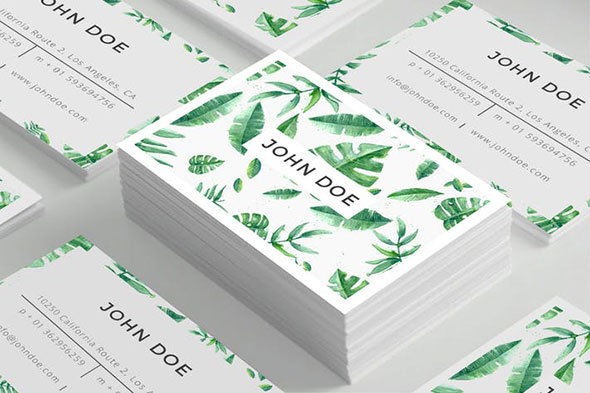
Natural layouts are perfect for those who want to use nature as their motif. The right colors and designs are sure to create a card that looks delicate and organic. Professionals that work from plants might want to try out this design for a more cohesive theme.
Monochrome
A timeless classic, monochrome layouts are perfect for creating neat and clean business cards. This design can catch the eye with its understated charm, sometimes even more than colored card templates usually do.
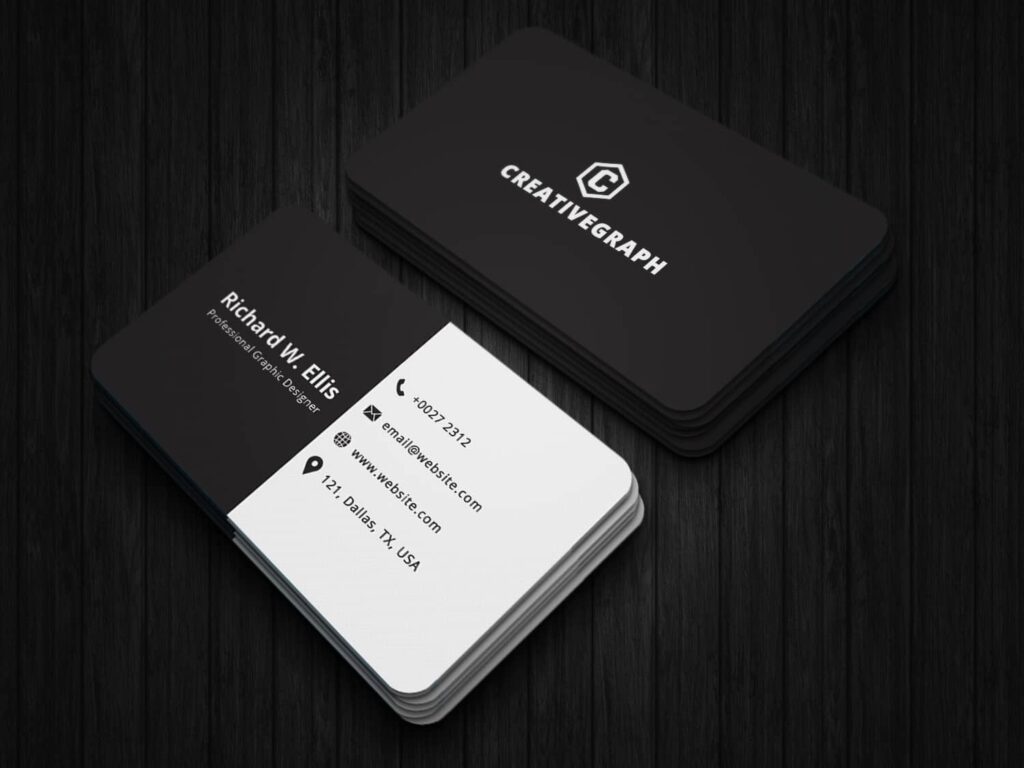
Some may think that monochrome business cards are boring and lack flair. However, one can easily create a monochromatic card that keeps one’s attention with the right design elements. For one, if you use typefaces that work well with this color scheme and you’ll see your black and white card in a new light. You can also try using negative space when working with this theme.
Once you have a better grasp of the layouts, feel free to experiment with some business card templates, and develop a tentative card design. Are you still unsatisfied with how it turned out? Perhaps you’re ready to alter your card layout using advanced methods.
How can I further customize my business card template?
You can also go beyond layouts and start modifying the physical aspects of your card. These are some ideas you might want to consider for your professional business card design.
Card Material
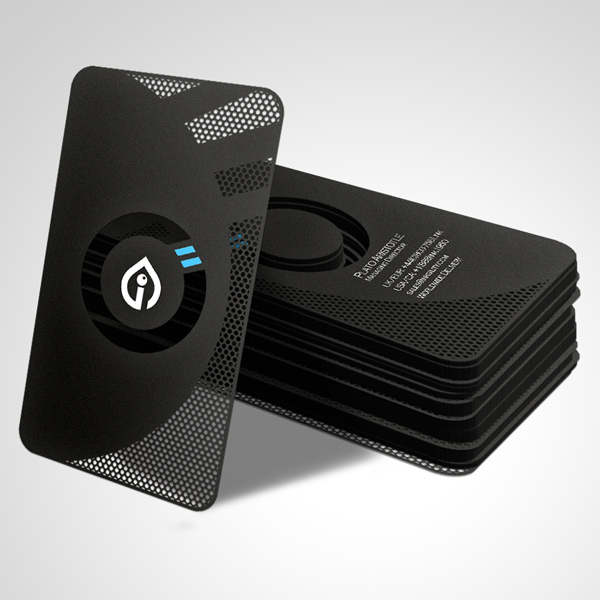
Altering your business card’s material is a surefire way to make it memorable for any person that receives it. Besides paper, you can use plastic or stainless steel. Tempered glass is also a good option. However, these designs will need to use specialized printing or carving methods if you want your information to be displayed correctly.
Unorthodox Shape
Laser and die-cutting allow printing companies to produce cards in unique shapes. Take advantage of this technology and commission a more distinctive shape for your business card. Similar to cards with unconventional card materials, you’ll need a specialized printing method for your unusual card.
Cut-Outs
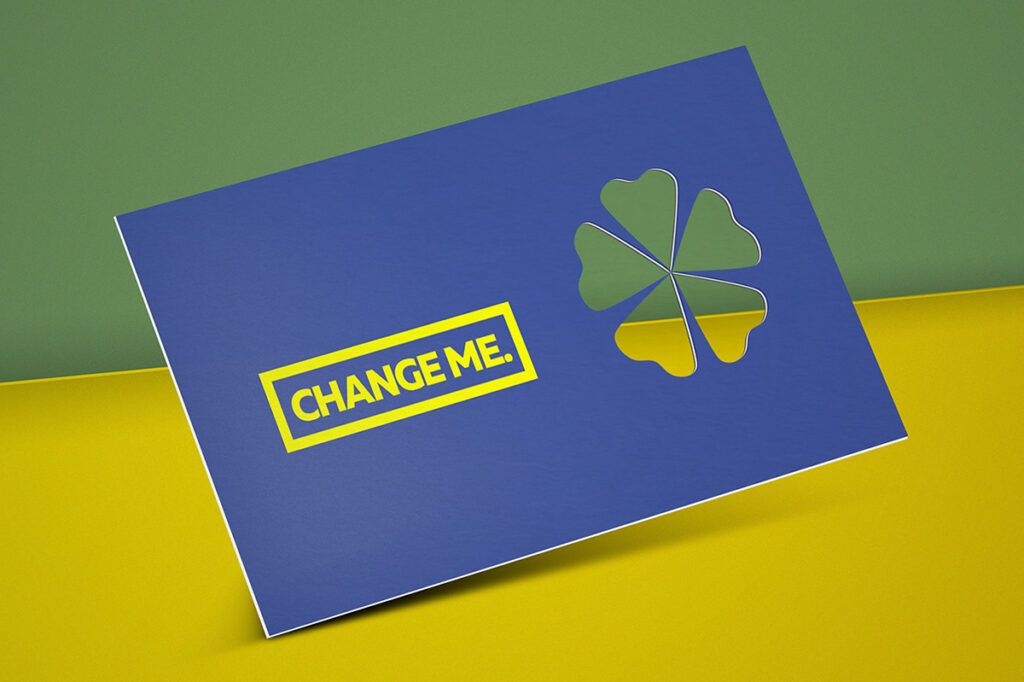
If your company has a simple logo, you might want to use a Cut-Out design for your card. As the name says, your logo will be cleanly cut from the paper, leaving holes that cleverly form its shape. Brands with complex logos should not use this method, as the final product may leave your logo incomprehensible.
Colored Edges
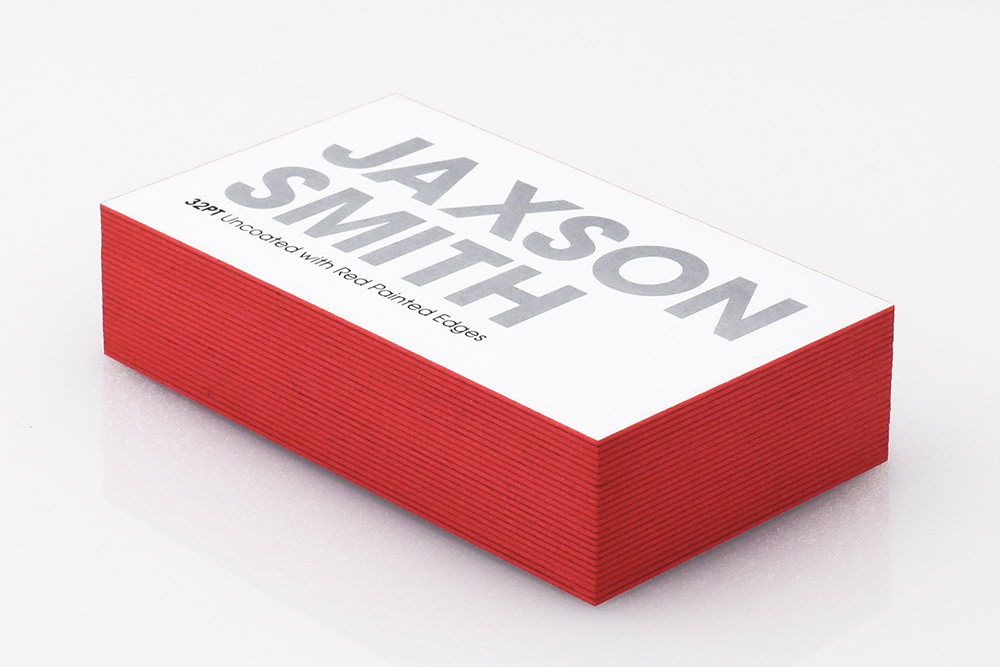
Colored edges are an understated yet quirky way of adding flair to your cards. This design especially shines when displayed in a stack, so you might want to keep a few on your office desk. When viewed by itself, it’s still noticeable– primarily when you use the color gold.
Embossed/Debossed Text
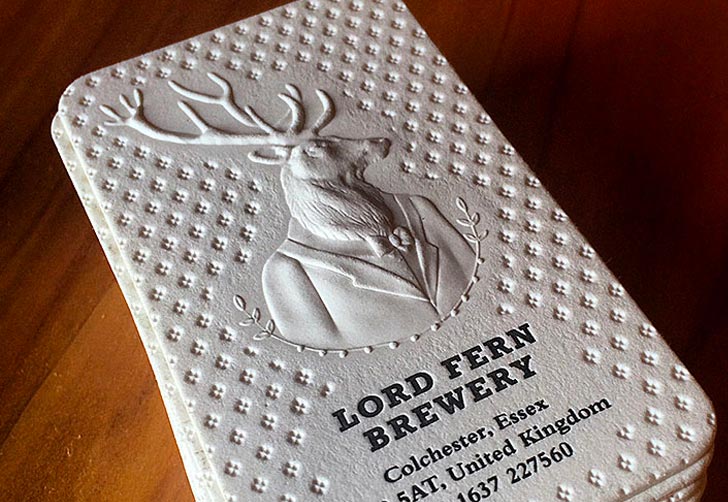
Go for a textured look with embossed or debossed text. The former raises your logo or brand’s design on the card, while the latter creates an indent in the menu instead. Either will be perfect for making your card recognizable even though touch alone. As a plus, you can also fill in the debossed text with paint, which is suitable for an even classier card.
Interactive

Interactive business cards utilize a card design that clients can fiddle with to create an item related to your work. The brief enjoyment of figuring out what the card does is sure to entertain anybody, making it exciting and memorable for the user.
This style of card is only limited by its creator’s imagination. From cuttable diagrams to origami instructions, there’s no end to the possible designs one may create. As a side note, business cards that have utility are most likely to be kept by clients.
Spot UV
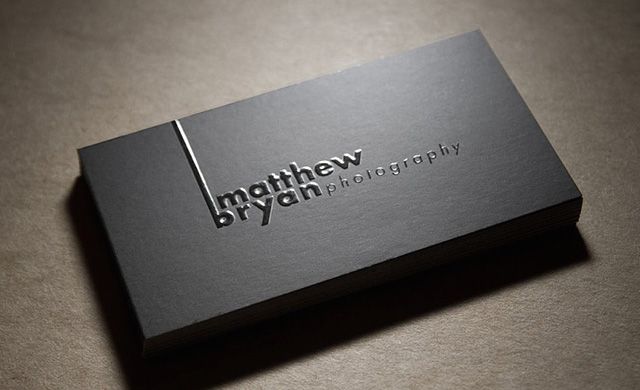
For a card that tastefully mixes matte with gloss, Spot UV is the design you should consider. This style of the business card quickly catches the eye due to its glossy print. As a plus, printing isn’t as costly compared to the other designs mentioned previously.
These designs are excellent ways to personalize your business card even further. Be warned, however– most of these upgrades come with a higher production cost. Ensure that your budget can accommodate these alterations comfortably before going through with the manufacturing process.
Whether you’re new to your occupation or an experienced professional, a business card is a valuable asset worth the investment. If you use business card templates for professionals, you won’t even need to worry about spending too much of your time or money. As long as you keep the tips mentioned earlier in mind, you’ll end up with a business card that will serve you well.


